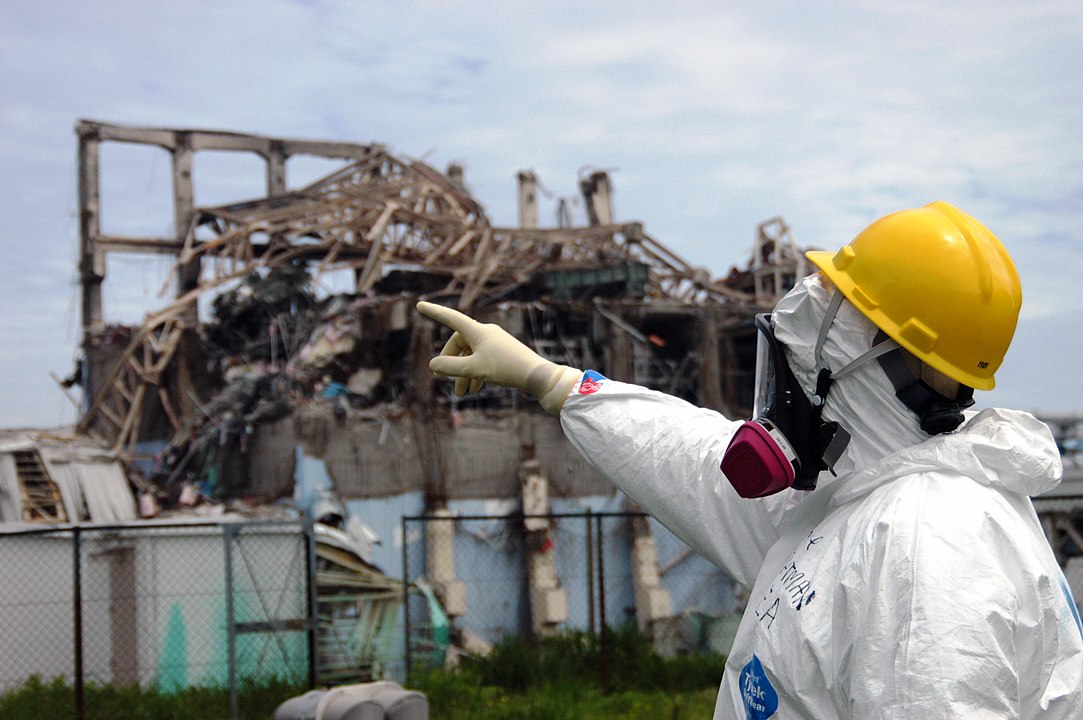Natural disasters are the inevitable shifts in our planet Earth. There is no way to stop them, but there are ways to minimize the damage caused by them. Floods, hurricanes, tsunami, earthquakes are majorly caused by changes in Earth’s crust. One such modern-day natural (plus nuclear) disaster took place near the Japan Pacific Coast in the reactors of Fukushima Daiichi on March 11, 2011. It was caused by an earthquake followed by a tsunami named Tōhoku.
A nuclear reactor consists of different reactors containing fuel rods, generators cooling water tanks, etc. Due to any damage, if one of these reactors stops working, others come to the rescue. They are known as standby reactors. In the case of the Fukushima nuclear disaster, reactors 1,2 & 3 were working, and the other (4,5 & 6) were in maintenance mode.
With the first surge of the earthquake, reactors 1, 2 & 3 instantly shut down, and their temperature kept on rising as it contained the steam. The other reactors couldn’t save the day and added to the misery. The earthquake caused a complete power outage, and the underground generators were then responsible for filling in for the power deficit. Although the condensation plants were working on dropping the temperature levels in the reactors, they weren’t much help, considering the unstable condition inside them.

While the workers on site were trying their best to recover from the damage of the earthquake, little did they know that a tsunami was coming their way. Accompanying the general terror of the tsunami was the fact that the water seepage due to it shut down the generators flushing their fuel tanks along with it. This caused even more unrest at the people on-site and even stirred tremor in the government rankings. As evident from the condition of the reactor 1 and 3, the speculations of an explosion seemed quite real. These speculations led to a 2 -mile evacuation notice effective immediately from the nuclear site. The situation at the nuclear plant got nerve reckoning as the older workers filled in for the younger ones, so they might save themselves from a disaster they could right in the eye.
It might not be an understatement to say that the last tsunami wave marked the end of the Fukushima reactor. With the temperature levels getting out of control in reactor 1 and 3, the water was completely dried out, leaving the control rods exposed to dry air. This resulted in even higher temperatures that melted the control rods, making a pool of highly radioactive metal at the bottom of both the reactors. The on-site workers were trying to bring down the temperature by flushing the reactors with seas water, but the huge depositions of hydrogen gas in them resulted in the first explosion, which was reactor 1, followed by a second and third explosion, for which the reactor 3 was responsible. Reactor 2, which was meant to be unstable now that the rest of the two fellow reactors had blown up, followed suit. The government officials gave orders to clear the perimeter to a 12.4-mile radius.
There were substantial casualties, which can never be forgotten. But the worst from the nuclear disaster is what is yet to be followed. The radioactive atmosphere has led to a complete quarantine zone around the area, the soil rendering any vegetation was radioactive, and the water too was contaminated. Although precautions were taken to minimize the spread of the radiations, the future shall tell how useful the precautions prove themselves to be. Still, to this date, the area is highly radioactive and out of bounds for normal use.
Natural catastrophes occur and cause damage on a massive scale, but when this is linked with another disaster that is usually man-made, then the situation turns into uncontrollable havoc.
Also Read: THE MARTIAN WATER: FORMS OF WATER FOUND ON THE RED PLANET

Laiba is a Biochemist (MS) from Quaid-i-Azam University, Islamabad. Being a movie enthusiast, she’s been reviewing science-related movies and documentaries. She has been a part of our team since the founding days of Scientia.

